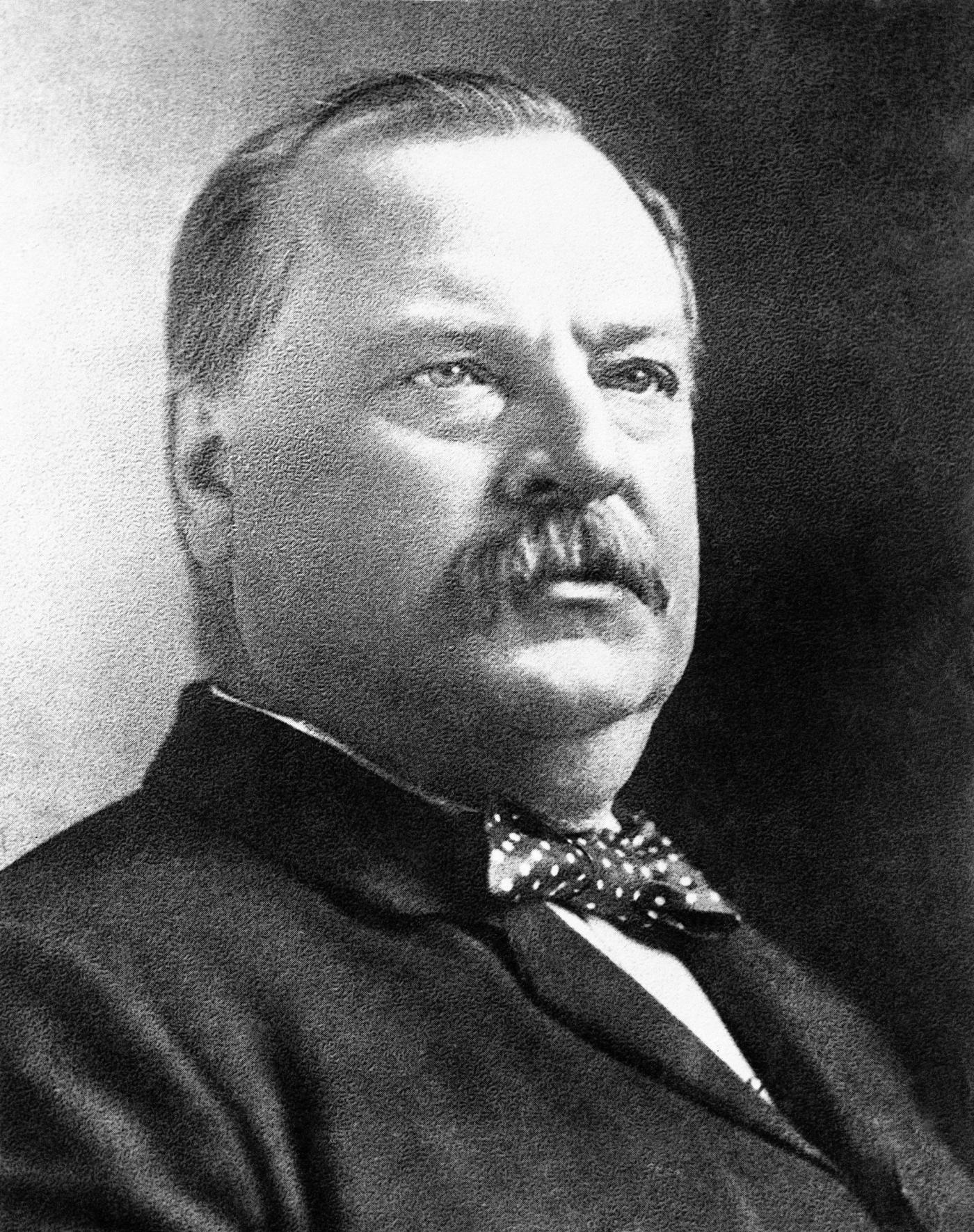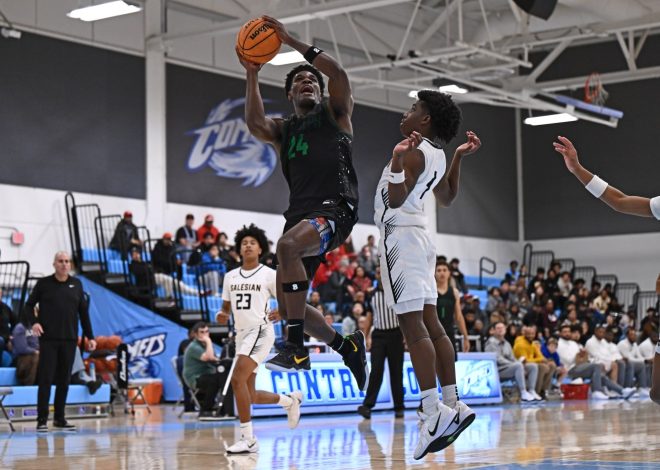
Trump isn’t first to be second: Grover Cleveland set precedent of non-consecutive presidential terms
By DEEPTI HAJELA, Associated Press
NEW YORK (AP) — On the list of U.S. presidents, several have been tapped by voters to serve for more than one term, with Donald Trump joining the group as the 45th president and now the 47th, too. But only one other American president did it the way Trump will — with a gap of four years between terms.
That was Grover Cleveland, who served as the 22nd president after the 1884 election, and as the 24th president after the campaign of 1892.
Former President Donald Trump returns to the White House after clinching victory Wednesday morning. (AP Photo/Evan Vucci)
Cleveland was governor of New York when he was tapped as the Democratic Party’s nominee for president in 1884. He was “viewed as the epitome of responsibility and stability,” said Daniel Klinghard, professor of political science at the College of the Holy Cross in Worcester, Massachusetts.
A narrow victory in the popular vote gave him enough votes in the Electoral College to be named president. Four years later, even though he once again had a slight lead in the popular vote, he lost the Electoral College count to Republican Benjamin Harrison.
Cleveland remained well-thought of by the public, though. He won both the popular and Electoral vote in 1892.
Related Articles
Iran’s currency falls to an all-time low as Trump clinches the US presidency
Trump appears headed toward White House return with wins in key battleground states
Black women notch historic Senate wins in an election year defined by potential firsts
Voters approve Prop. 36 to toughen penalties for theft and drug crimes
Election takeaways: Trump’s decisive victory in a deeply divided nation
During his first term, among the issues he took on: pushing for a reduction of tariffs that had been put in place during the Civil War. He advocated strongly for it, linking that position to the Democratic Party and getting public support, Klinghard said.
“That model of a president being a vocal, clear spokesperson for a policy that animated the party” was emulated by future presidents like Woodrow Wilson, he said. And it helped keep Cleveland in the public eye during the years following his first term.
“This is a point at which the modern notion of the of the national party really came together. Cleveland had a group of skilled political operatives, very wealthy folks, who saw themselves benefiting from free trade,” Klinghard said. “And they spent a lot of time sort of keeping Cleveland’s name in front of the electorate, sort of very much as Trump’s allies have done, sort of dismissing anybody else as a challenge — as a rival.”


